Artiles
Article
08 February 2025Degradation of Metformin Hydrochloride and Glibenclamide by Several Advanced Oxidation Processes
The degradation of metformin hydrochloride (MET) and glibenclamide (GLI), widely used anti-diabetics, was performed using an electrochemical advanced oxidation process, namely electro-Fenton, and several other Advanced Oxidation Processes (AOPs) of photocatalytic nature, like UV/H2O2, UV/persulfate, and UV/TiO2. The electrochemical behavior of the drugs was first characterized by cyclic and differential pulse voltammetry. The data implied that both drugs present quasi-reversible oxidation. The effect of the applied current and the airflow in the electrogeneration of hydrogen peroxide was studied. Degradations of 60% of the initial drug were obtained for aqueous solutions of 30 mg·L−1 of MET and 15 mg·L−1 of GLI by using photoelectron-Fenton conditions with 1.0 A of current and a Fe2+ concentration of 3.5 mg·L−1, although the removal of MET required 60 min of reaction while for GLI only 45 min were needed. The mineralization (organic carbon removal) percentages after 60 min of treatment were 20%and 30% for electro-Fenton and photo electro-Fenton processes, respectively. For UV/H2O2, UV/persulfate, and UV/TiO2 treatments of MET solutions, the order of observed degradations was UV/PS > UV/H2O2 > UV/TiO2 with maximum values of drug removal of 30% after 60 min of irradiation. This efficiency is lower than the removal observed with the electro-Fenton reaction. For GLI the order of degradation efficiency was UV/PS > UV/TiO2 > UV/H2O2, with maximum values of drug removals of 99.5% after only 10 min of irradiation. This performance is clearly better that in the case of electro-Fenton or photo-electro-Fenton. The removals of the two drugs when dissolved in chemical matrices that mimic real hospital wastewaters and seawater were also studied. They showed a clear dependency on the pharmaceutical of choice. While the degradation of MET was hampered by the presence of other chemicals in the two water matrices, GLI removal was remarkable, pointing towards a possible application in real wastewaters.
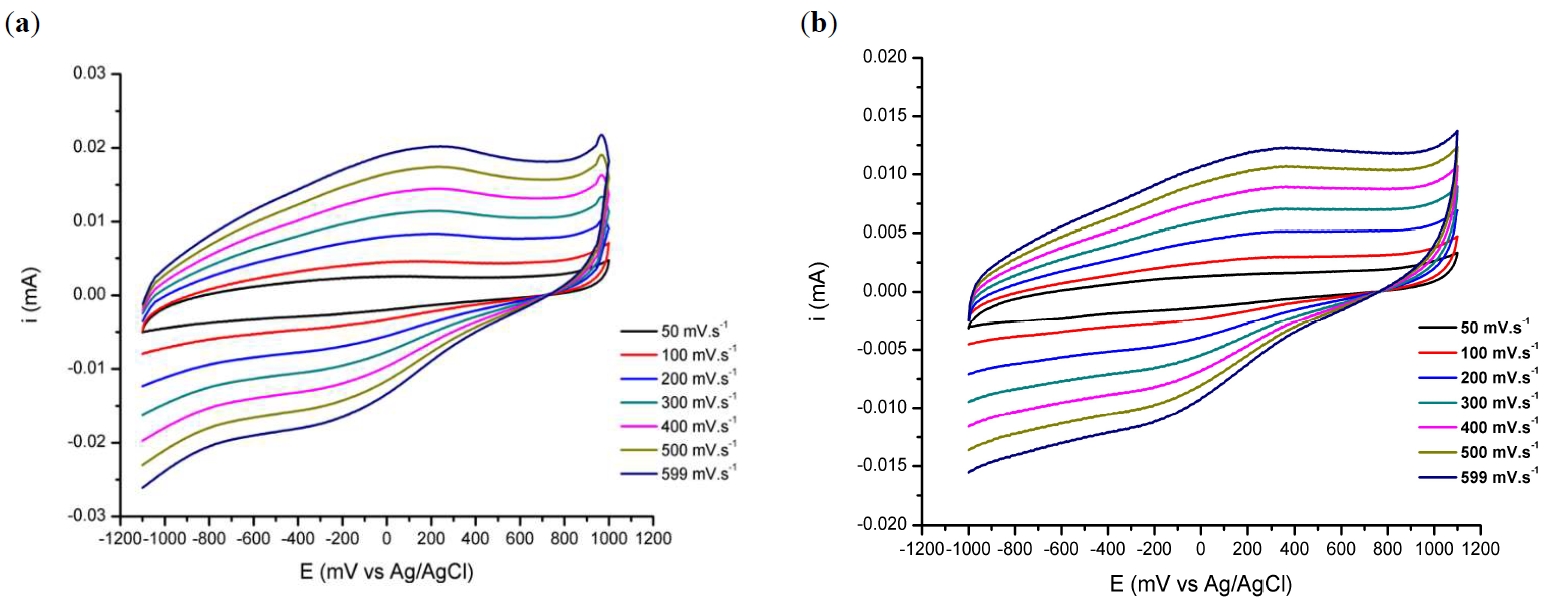
Review
08 February 2025Mechanics and Synergistic Signaling of Fibronectin, Integrins, and TGF-β Isoforms
Fibrotic diseases such as pulmonary fibrosis, hepatic fibrosis, chronic kidney disease, and cancer are marked by an excess accumulation of extracellular matrix (ECM). This process involves the assembly of the ECM protein fibronectin (FN) into insoluble fibrils. FN fibril assembly is highly linked with integrin signaling, TGF-β1 signaling, and cellular contractility. This linkage consists of four stages: (i) Integrin binding and contractile forces facilitate the assembly of FN into insoluble fibrils; (ii) assembled FN fibrils bind the large latent complex of TGF-β1; (iii) activation of TGF-β1 from the latent complex requires integrin binding and contractile forces; and (iv) active TGF-β1 increases contractility, integrin expression, and FN assembly. The significance of integrin signaling and TGF-β1 signaling in fibrotic diseases is well-appreciated, as numerous clinical trials targeting integrins or TGF-β1 have been reported. However, despite a clear effort to target integrins and TGF-β1 clinically, the vast majority of these trials have failed or have been terminated. These suggest a potentially incomplete understanding of the synergistic effects of these pathways. Here we present a review of both FN fibrillogenesis and TGF-β1 signaling, as well as current opinions of under-explored areas of crosstalk related to these pathways that may explain why these have not been successfully targeted in many disease states including fibrosis.
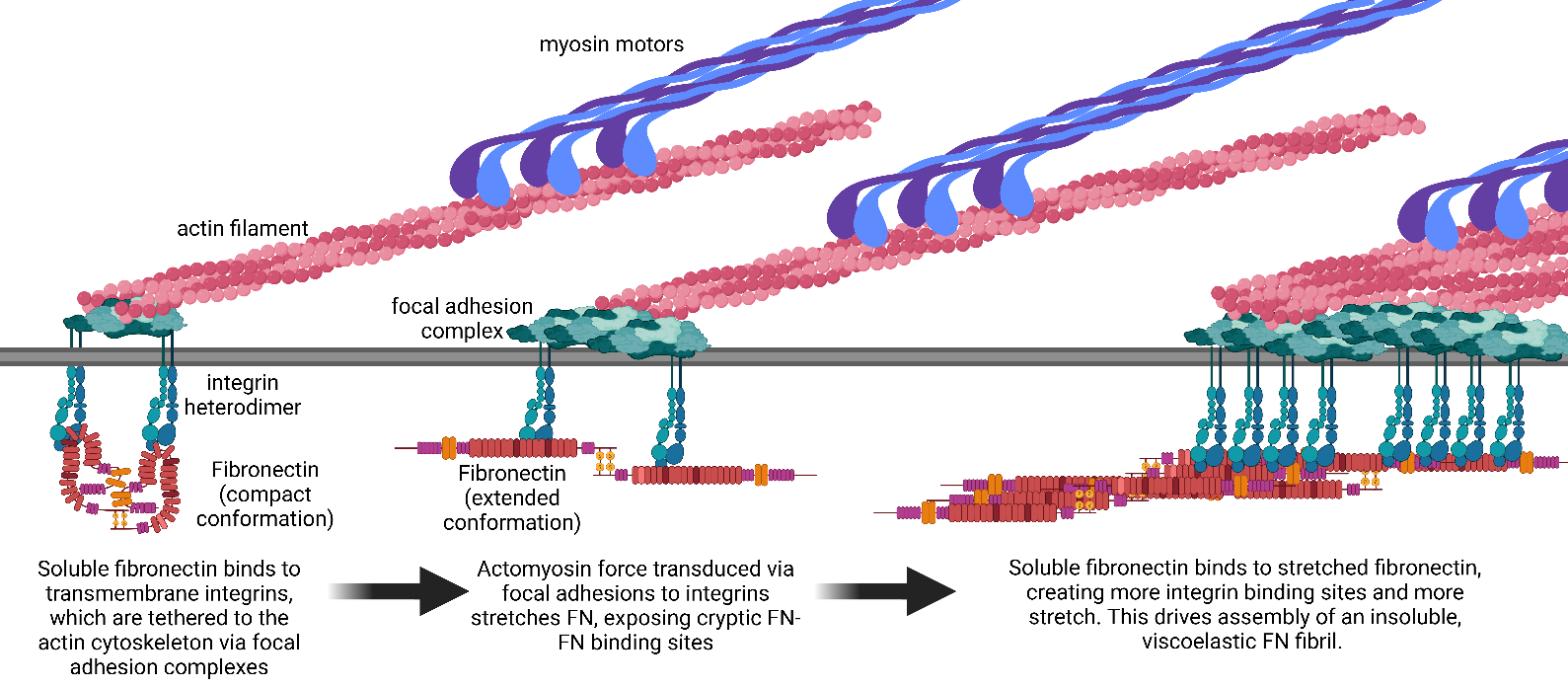
Article
06 February 2025Performance Impacts of Rainwater Tanks on Stormwater Drainage Systems
This article explores the impact of using rainwater tanks on the performance of a stormwater drainage system and the possible challenges posed by climate change and future rainfall projections. This project examines a residential development in Aldinga, South Australia. The study sets clear research objectives that include the creation and simulation of drainage systems with different conditions (e.g., with and without rainwater tanks, historical data, and projected data). The aim is to analyze performance changes in the drainage network after the inclusion of rainwater tanks. Furthermore, the incorporation of projected rainfall data is considered to study possible implications of climate change on the system performance. The methodology follows a quantitative approach, with data collection, creating different models with the use of software, and simulating various conditions such as storms with different annual exceedance probabilities and varying proportions of roof area connected to rainwater tanks. Several findings are identified in this project. When roof areas of all residential allotments are connected to rainwater tanks, substantial benefits are observed in reducing peak flows within the network and runoff volumes. This proportion of connected roof area is directly correlated with reductions in peak flow. Also, while the use of projected rainfall data slightly affects benefits in peak flow and volume reduction, they will remain relatively high at least until 2050. Other performance features, such as hydraulic gradient line, long sections, and time to peak, are also explored. Study validates the hypothesis that rainwater tanks have a significant impact on runoff reductions and flood management, particularly when 100% of roof area is connected with rainwater tanks. Also, there is an impact when projected data is used, but it remains manageable and should be considered under specific contexts to decide whether these impacts are significant. Several opportunities for future research are suggested. These include the examination of larger areas, projections to a more distant future, the use of different rainfall patterns, and the consideration of extreme rainfall events.
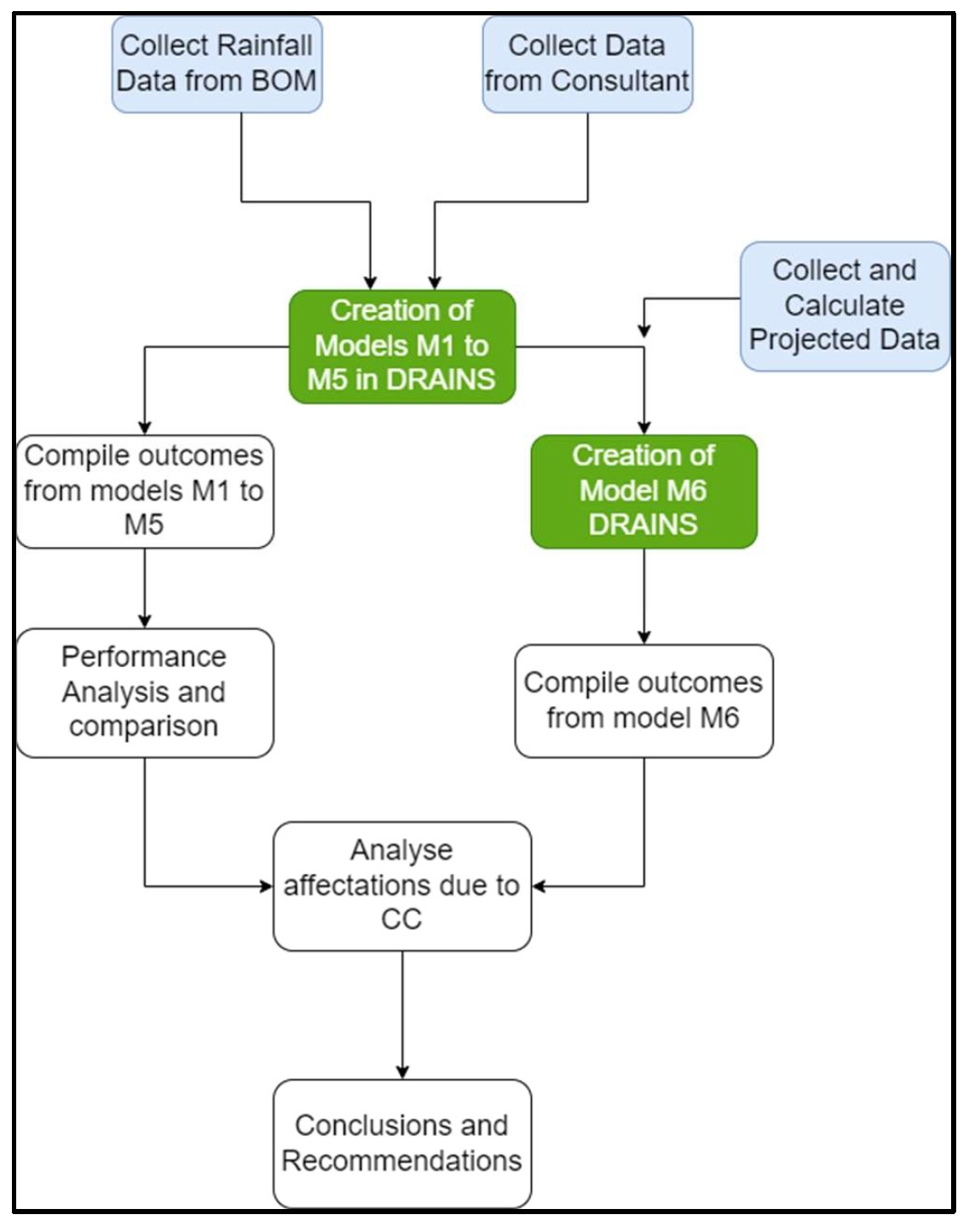
Review
05 February 2025Landslides in the Himalayas: A Comprehensive Review of Hazards, Impacts, and Adaptive Strategies
The Himalayas, known as the ‘Third Pole’, are facing an escalating crisis due to landslides driven by climate change and human activity. The settlements in the Himalayas are increasingly vulnerable due to a surging prevalence of landslides. This systematic review investigates the repercussions of landslide hazards on the inhabitants of the Himalayan Arc and explores the causes and adaptive strategies focusing on the period from 2002 to 2022. Data dealing with the impact of landslides were systematically extracted from Scopus, Web of Science, Pascal & Francis, Science Direct, and Google Scholar databases. The review adhered to the prescribed guidelines of reporting standards for systematic evidence systems (ROSES). The frequency and severity of landslides in the Himalayas are notably high, potentially exceeding those observed in other global regions, due to a combination of specific geological, climatic, and human-induced factors. Thematic categorization identifies that the Himalayan communities confront a multifaceted challenge involving social, natural, economic, human, and physical losses induced by landslides. However, they lack adaptive capacity. The origins of these landslides are diverse, emanating from natural forces, geological phenomena, and human activities within the Himalayas. The review contributes to the understanding of the profound impact that landslides inflict upon the Himalayan region. By consolidating data from diverse databases, the study illuminates the urgent need for comprehensive strategies to bolster resilience and mitigate the escalating threats posed by landslides in this vulnerable geographic expanse.
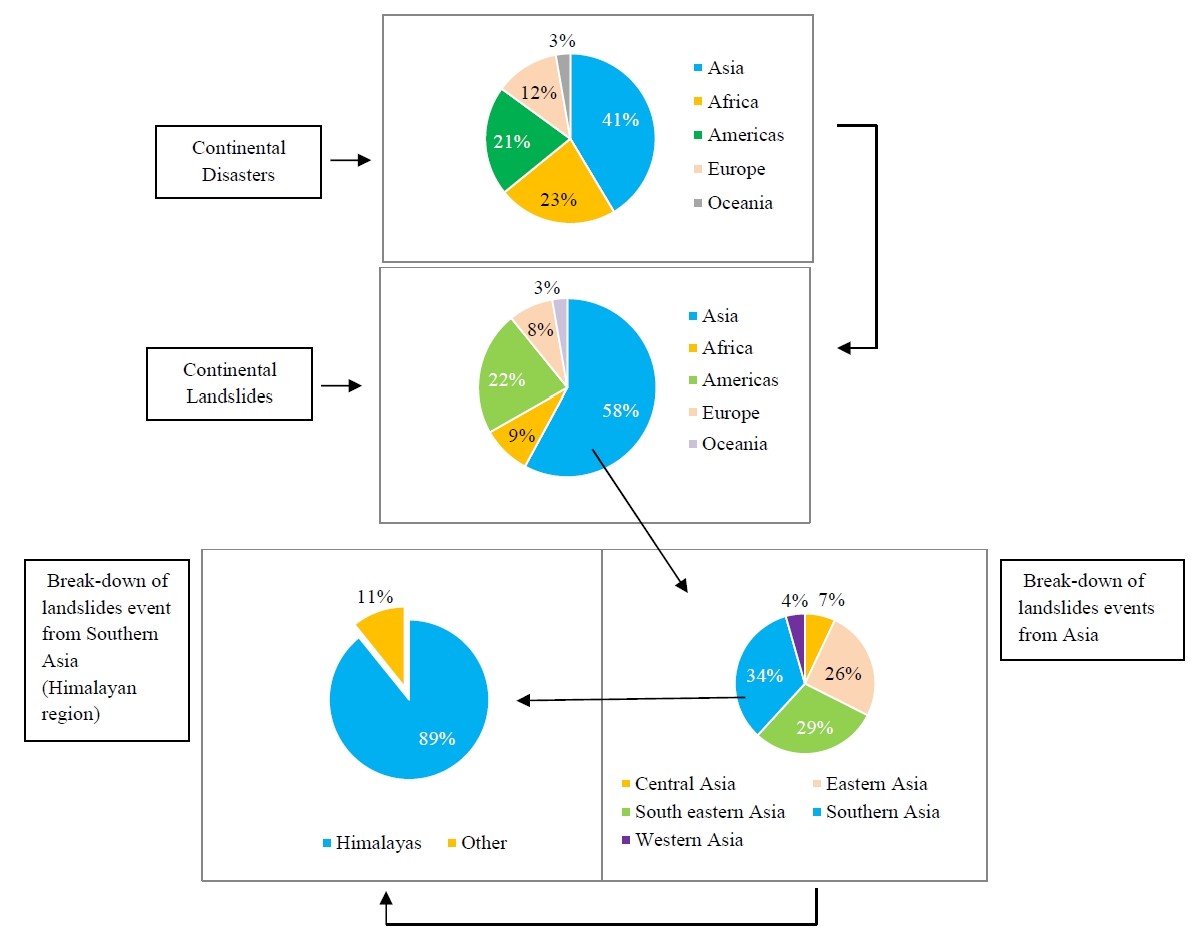
Review
05 February 2025Perspectives of Drug Therapy for Non-Alcoholic Steatohepatitis-Related Liver Fibrosis
Liver fibrosis (LF) is an adverse event of the natural course of non-alcoholic steatohepatitis (NASH) since its progression leads to the development of liver cirrhosis, which is associated with poor prognosis. In addition, there is evidence that the presence of advanced LF may be a strong independent predictor and risk factor for cardiovascular disease in NASH patients, which is the main cause of their death. Based on the severity of the problem, the study and implementation of drugs for the treatment of NASH-related LF is extremely necessary. The purpose of this review was to describe phase II and III randomized controlled trials (RCTs) evaluating the efficacy and safety of drug therapy for NASH-related LF. To date, the possibilities for pharmacological treatment of NASH-related LF are very limited. However, in recent years, several drugs have been evaluated in NASH patients with LF (F2–3), and in some cases with compensated liver cirrhosis, in large phase II and III RCTs, and they have shown promise. It can be assumed that drugs that have shown efficacy and safety in phase II and III RCTs will be recommended for testing and confirming practical benefits in phase IV RCTs. Besides, an in-depth study of the cellular and molecular mechanisms of NASH-related LF will contribute to the development of new medications, the introduction of which will expand the possibilities of its drug therapy.
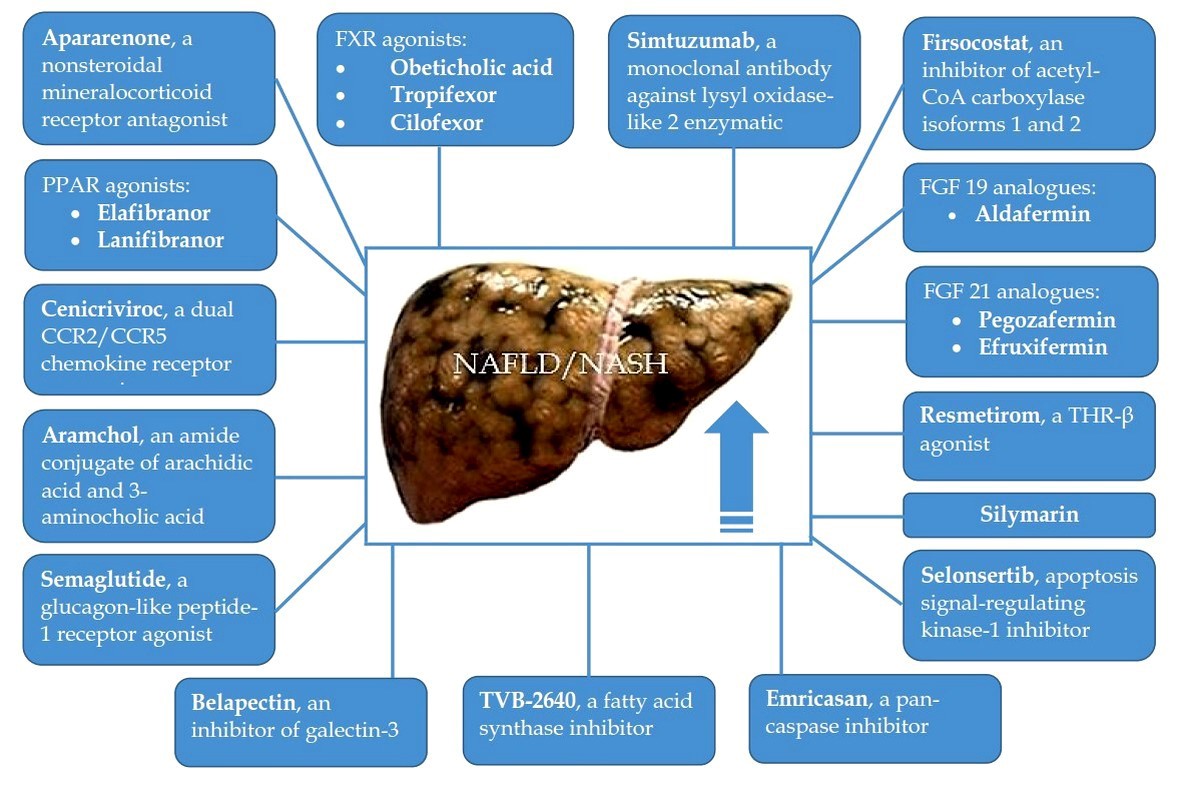
Article
21 January 2025Machining Characteristics of Graphene Oxide-Based Nanosuspensions in Abrasive Machining of Single-Crystal Si and SiC
Single-crystal silicon (Si) and silicon carbide (SiC) are core semiconductor materials in communication, lighting, power generation, and transportation. However, their high hardness and wear resistance combined with low fracture toughness have posed significant challenges for high-efficiency and low-damage machining. Aqueous suspensions containing nanoparticle additives have recently been developed for sustainable manufacturing due to their satisfactory tribological performance and environmentally friendly nature. In this work, nanoadditives, including two-dimensional (2D) graphene oxide (GO) nanosheets and zero-dimensional (0D) diamond nanoparticles, were ultrasonically dispersed in water to formulate different GO-based nanosuspensions for achieving high-efficiency and low-damage abrasive machining. The experimental results indicated that GO nanosuspension was a suitable coolant for grinding Si, generating a ground surface of 32 nm in Ra, owing to its great lubricity and excellent resistance against mechanical abrasion. Diamond-GO hybrid nanosuspension demonstrated a synergistic effect in abrasion, lubrication and oxidation, which was thus appropriate for polishing SiC single crystals, leading to approximate 60% and 30% improvements in removal and roughness respectively, in comparison to a commercially available diamond suspension.
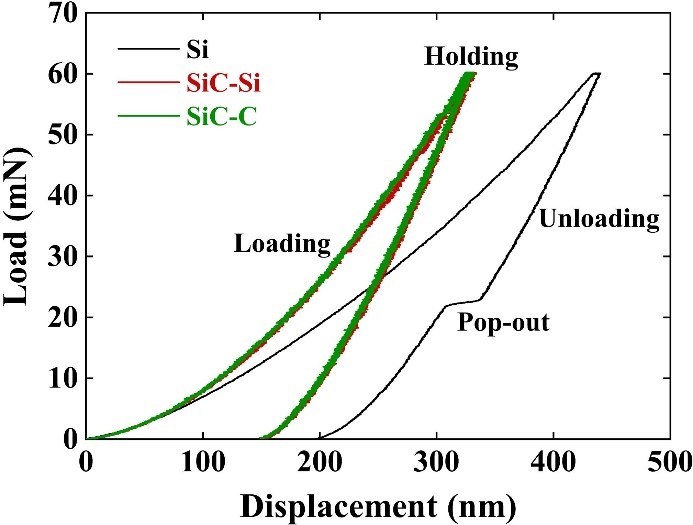
Communication
21 January 2025Differential “Tree Attraction”—Epiphytic Growth of Umbilicus rupestris and Other Lithophytic Crassulaceae
Epiphytic species grow (almost) exclusively on a living substrate, typically a tree, but epiphytic growth is not restricted to them. Individuals of normally lithophytic or terrestrial species may occasionally be found on a tree as so-called accidental epiphytes. Species of the focal group of this study, Crassulaceae, are typically found on rocks and in rock fissures. While there is a small proportion of true epiphytes globally, the propensity of the other family members to occur as accidental epiphytes is largely unexplored. Here, I investigated this question for 29 European members of the family with the use of the participatory science data platform iNaturalist. Umbilicus rupestris stands out in regard to epiphytic occurrences, although the incidence of epiphytic growth is still rather low with c. 1% of c. 14,000 observations. For all other species, epiphytic growth has not been reported or was exceptional. As expected, epiphytic individuals of U. rupestris were limited to regions without frost, while a predicted limitation to the wettest parts of the species’ geographic range was not supported by the data. Arguably, Umbilicus rupestris could be a promising model to study the early steps of epiphyte evolution by comparing epiphytic and terrestrial individuals in regard to differential germination success, ease of establishment, differences in morphological and physiological traits and general population dynamics. The results of such studies should be highly instructive for our understanding of the challenges that terrestrial species face when conquering tree crowns.
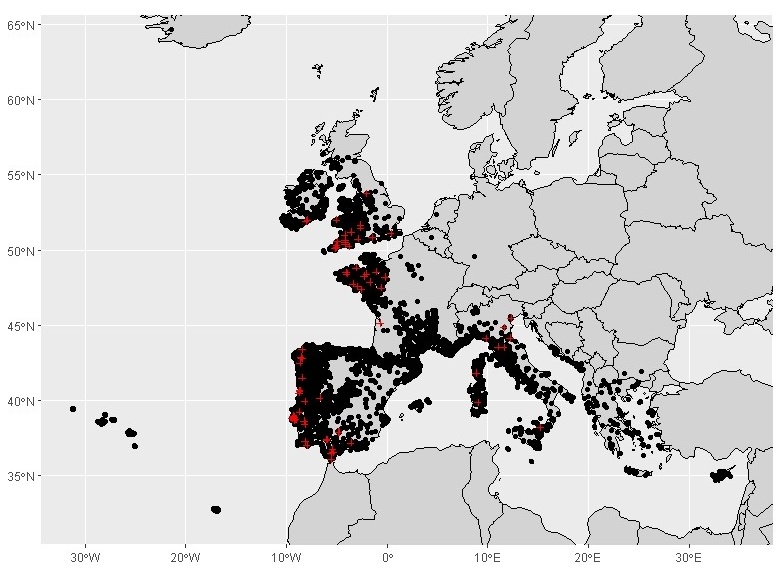
Review
20 January 2025Adsorption and High-Value Transformation of Volatile Fatty Acids from Microbial Fermentation Products: A Review
To mitigate the aforementioned global environmental issues, the concept of carbon capture and storage is crucial in addressing the necessity for carbon peaking and carbon neutrality. The buildup of volatile fatty acids during anaerobic fermentation is a primary factor contributing to the suboptimal performance or outright failure of anaerobic digestion systems. In response to the pressing demand for volatile organic acid recovery and high-value conversion, we primarily outlined the sources, recovery techniques, adsorption materials, and methods for high-value conversion of volatile fatty acids. The methods of adsorbing volatile acetic acid were presented, encompassing adsorption materials, mechanisms, and interfacial modifications of the adsorbent. Furthermore, drawing from recent research advancements, we have synthesized the high-value conversion techniques for volatile fatty acids and evaluated the research challenges and future prospects in this domain.
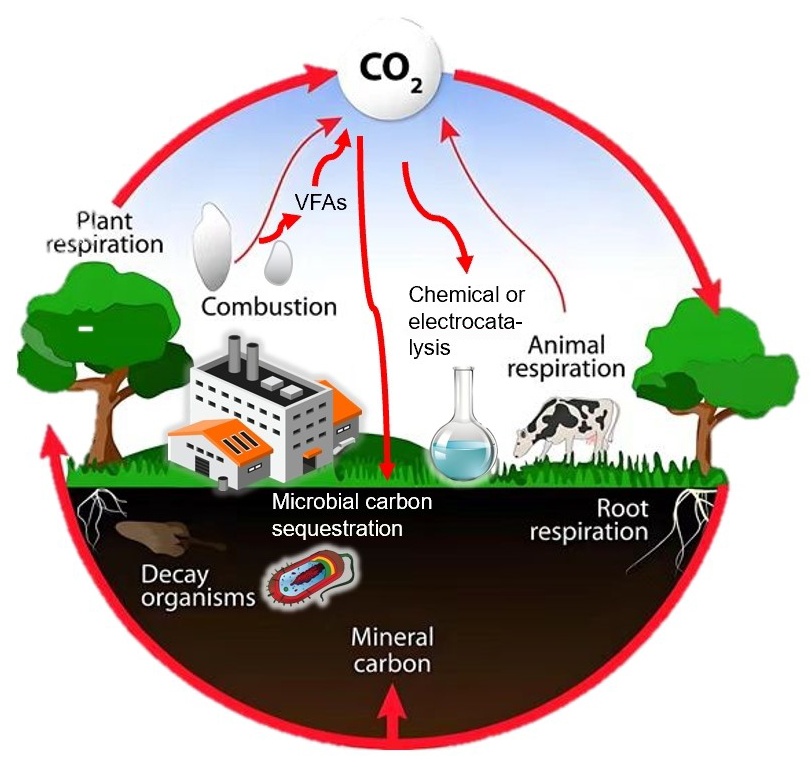
Communication
20 January 2025Group Climate and Quality of Life in Long-Term Forensic Care: Do Patients and Staff Agree?
The relationship between quality of life (QoL) and group climate is a complex but crucial topic within forensic psychiatry. The QoL of forensic psychiatric patients is influenced by internal and external factors, with group climate potentially assuming a pivotal role in this process. This study aims to gain insight into the relationship between group climate and QoL in a long-term forensic ward in Belgium. Patients (n = 29) completed the Forensic Inpatient Quality of Life Questionnaire—Short Version (FQL-SV), the Essen Climate Evaluation Schema (EssenCES) and the Group Climate Inventory Revised (GCI-R), staff members (n = 22) completed the FQL-SV and the EssenCES. The agreement between QoL rated by patients and staff, the agreement with the current group climate, and the relationships between QoL and group climate were investigated. Overall, the results indicated a high QoL and a positive group climate. Compared with patients, staff members were assigned significantly lower scores on the QoL scale, but no significant differences were found with regard to group climate. A number of facets of group climate correlated positively with perceived QoL. In conclusion, it seems important for forensic institutions to prioritize a positive and enhanced group climate in long-term forensic wards, given the potential correlation with the QoL of patients.

Article
20 January 2025Visible Monuments above and below Ground Level, a Time-Honored Site from the Late Bronze Age to Modern Times
Due to the complex geometry of the monuments, it is often necessary to adapt the image collection process for their mapping. For the optimal mapping of the stronghold of Lazaritsa Chorygi (Greece) and its slopes, vertical, inclined, and horizontal images from different heights were collected using an Unmanned Aircraft System. Thus, for a monument of special archaeological/historical interest and natural beauty, a large set of high-spatial resolution data and final products (digital surface model and orthophotomosaic with spatial resolution 5.6 cm and 2.8 cm, respectively) is available. In addition, in the wider area of the fortified site, military structures (fire trenches, communication trenches, shelters, front and support trenches, and strong points) of the Great War length of 9 km were identified and mapped, which were identified in the 2003 or 2004 Google Earth Pro images, but worryingly are almost absent from the contemporary Google Earth Pro images.
